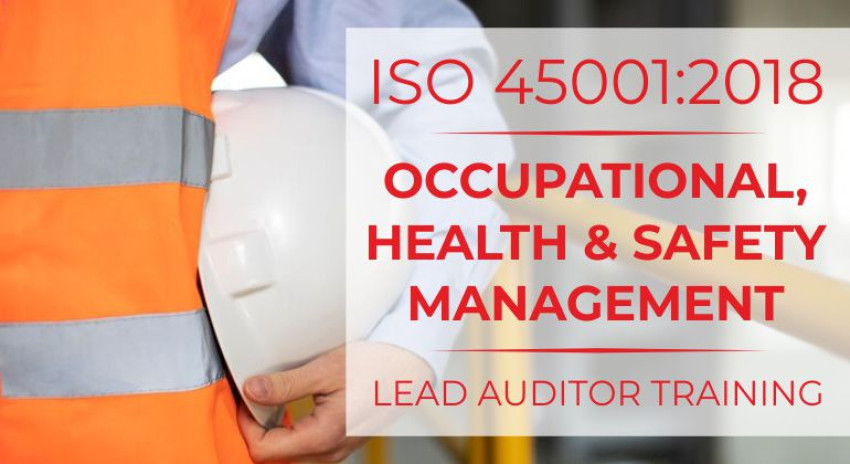
In today's competitive business landscape, prioritizing employee safety isn't just an ethical obligation, it's a strategic advantage. ISO 45001 certification offers a powerful framework for organizations to establish a robust Occupational Health and Safety Management System (OHSMS). This article dives into the core requirements of ISO 45001, and how implementing them can unlock significant benefits for your organization.
ISO 45001 is the international standard designed to help organizations of all sizes and industries prevent work-related injury and ill health. Published in 2018, it supersedes the older OHSAS 18001 standard and incorporates a high-level structure common across other ISO management system standards, promoting integration with existing quality or environmental programs.
Key Requirements of ISO 45001
• Context of the Organization: The standard requires understanding the internal and external factors influencing your organization's OHS performance, including its size, industry, legal and regulatory landscape.
• Leadership and Commitment: Top management must demonstrate a clear commitment to occupational health and safety by establishing a safety policy, allocating resources, and assigning roles and responsibilities.
• Worker Participation and Consultation: The standard emphasizes involving workers in all aspects of OHS, including hazard identification, risk assessment, and improvement initiatives.
• Planning and Support: Organizations need to establish clear objectives and targets for continual improvement in occupational health and safety performance. This includes identifying hazards, assessing risks, and developing controls to mitigate them.
• Operation: The focus here is on implementing operational controls to manage risks, ensure compliance with legal and other requirements, and maintain the effectiveness of the OHSMS.
• Performance Evaluation: Regular monitoring, measurement, analysis, and audit of the OHSMS are crucial to identify areas for improvement and ensure the system's continued effectiveness.
• Improvement: The standard promotes a culture of continual improvement, where nonconformities and incidents are investigated, corrective actions are taken, and opportunities for improvement are identified.
• OHSMS Awareness: Ensuring all employees are aware of their roles and responsibilities related to occupational health and safety is a critical element.
Implementing an ISO 45001-compliant OHSMS offers a multitude of benefits for organizations:
• Reduced Workplace Incidents: A structured approach to hazard identification and risk management helps prevent accidents, injuries, and illnesses, leading to lower workers' compensation costs and improved business continuity.
• Enhanced Employee Morale: A safe work environment fosters a sense of security and well-being among employees, leading to increased morale, motivation, and productivity.
• Improved Regulatory Compliance: The standard helps organizations stay up-to-date with evolving occupational health and safety regulations.
• Stronger Brand Reputation: ISO 45001 certification demonstrates a commitment to employee safety, enhancing your brand image, and potentially attracting and retaining top talent.
• Competitive Advantage: In certain industries, ISO 45001 certification can be a prerequisite for tenders or contracts, giving you a competitive edge.
Conclusion:
By implementing the requirements of ISO 45001, organizations can create a culture of safety that protects employees, reduces costs, and enhances overall business performance. Investing in a robust OHSMS is not just about compliance; it's about creating a safer, healthier, and more productive work environment for everyone. Additionally, considering pursuing ISO 45001 lead auditor training can equip individuals with the necessary expertise to conduct effective audits and ensure the ongoing effectiveness of the OHSMS.


